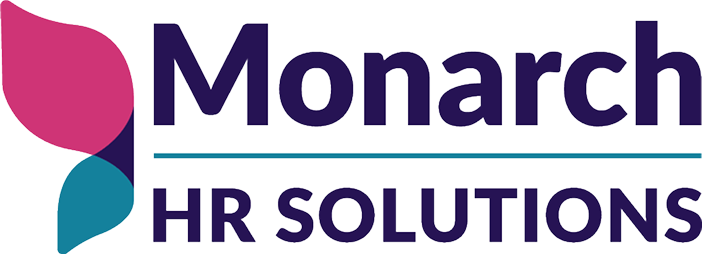By Kimberly Kafafian
Have you heard the latest HR buzzword: quiet cutting? Although not an original concept, this HR strategy has taken on a new name in light of the quiet quitting trend.
What Is Quiet Cutting?
A recent Wall Street Journal article defined quiet cutting as notifying employees of reassignment rather than termination. The theory behind the strategy is rather than laying workers off, you reassign them to another position hoping that they will quit. Why do this instead of simply terminating them? Because the powers that be believe it is cheaper to get someone to leave on their own rather than lay them off and have to pay severance or higher unemployment rates associated with anticipated future layoffs.
Typically these quiet reassignments often put workers in lower roles, which come with lower pay and more responsibilities. Gaining traction as a restructuring move, reassignments have tripled from August 2022 through August 2023.
The Downfalls of Quiet Cutting
Although it could be viewed as a way to cut costs, quiet cutting is a dangerous HR move because of the mixed messages it sends to your workforce. When an employee gets a call or opens an email that advises them – out of nowhere – that their job role has been eliminated and they are being reassigned, they are apt to be confused, angry, and afraid. They may feel as if they are being forced to quit or that future layoffs are surely coming.
This “take it or leave it” position can severely impact employee morale. Workers begin to question how the company really views them, reducing productivity. Talent that you do need, and didn’t plan on quietly cutting, start to think about their options and could end up jumping ship either because they aren’t happy with the culture or are afraid of future changes. Decreased productivity and hiring and onboarding new talent come with their own financial drains.
Transparent Reassigning Has Benefits
I’m not a proponent of “quiet” reassignment, but I am a strong believer in transparent reassigning rather than terminating. We are in the midst of a challenging economy and an expanding digital world, which is causing organizations to restructure in order to stay viable and competitive. As a result, processes are morphing making certain roles redundant or obsolete. New skill sets are needed to keep moving forward. But do you necessarily need to hire talent with those skills? There is a strong argument to be made to reassign and reskill rather than terminate and hire someone with the desired skills in a newly made position.
If you have someone who believes in the company’s mission and is a productive worker, great team player, and has drive to excel, do you really want to lose that worker just because they might not have the exact skills you are looking for? Reassigning and teaching them the skills they need to succeed in the position can be a win-win-win situation:
- The worker remains employed
- The organization keeps valuable talent
- And the organization saves the costs associated with attracting and hiring a new worker
But this strategy needs to be done with full transparency. The organization must clearly communicate that changes are necessary in order to maintain stability in a rocky economy. It’s important to be up front about what you are doing and why you are doing it. And it’s equally important that you have a plan for moving forward that includes identifying each employee’s strengths and how they can best fit into new roles, as well as strategies for training and development. Honesty and preparation are the best HR strategies when it comes to reassignment.

